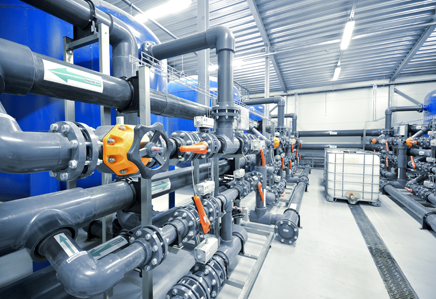Demineralisation Plant
The process of mineral salts removal from water with the help of ion exchanging process is known as water demineralisation. After the demineralisation process, the resultant water becomes almost totally free of dissolved salt minerals. The negative and positive ions of various elements get removed, leaving the pure H2O molecules behind.
The positive ions or cations include elements like Copper, Iron, Calcium and Magnesium, while the negative ions or anions include Sulphates and Chlorides.
Purpose:
The primary purpose of a Demineralisation Plant is to remove impurities of water so that oxidation of metal and scale formation can be prevented. The processed water can be used anywhere without worrying about metal corrosion.
Technology :
We, at Ecologics India, are one of the leading DM plants manufacturers of India and can provide a wide array of custom made DM plants for industrial applications. Our uniquely designed DM plants ensure maximum surface area utilization as well as inherent designs for water conservation.

Methodology:
Demineralisation is a complex process compared to other water rectification processes. Here are brief details about all of its steps.
At this point in the article, you can see for yourself how beneficial a demineralization plant can be for your industrial firm. So, if you’re interested in demineralization plant installation, contact our experts at Ecologics India Pvt. Ltd.